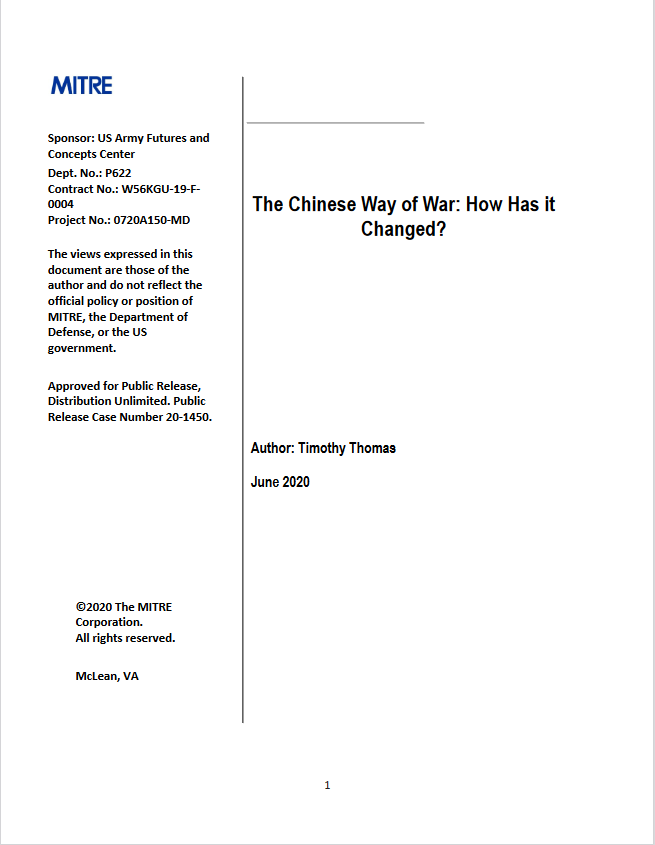
“Rear Admiral Alireza Tangsiri speaking,” Student News Network (Iranian media outlet), 31 July 2024.
“Artificial intelligence technology has been utilized in the new equipment, and we are currently witnessing its results.”
As the international community enters the world of artificial intelligence (AI) warfare, Iran is integrating and developing this technology into its military equipment.[i] As reported by Iranian state broadcaster IRIB, Rear Admiral Alireza Tangsiri of the Islamic Revolutionary Guard Corps Navy (IRGC-N) said during a ceremony in the southwestern port city of Bandar Abbas on 9 August, “Artificial intelligence technology has been utilized in the new equipment, and we are currently witnessing its results.” Tangsiri claims 2,654 new missile systems, drones, and other equipment have been integrated with AI to enhance precision, acquisition, and capabilities in its military hardware—demonstrating Tehran’s top focus is AI.
In January, General Hossein Salami, commander of the IRGC, made similar claims about the country’s drone fleet.[ii] Progress appears to be limited, as little public information is available on the subject, except for comments from high-ranking officials in the military apparatus. It’s also worth noting that Tehran has a history of making outlandish claims to boast its abilities. Nevertheless, Iran is thinking about how to further integrate and develop this technology by investing in training on how to integrate AI into its array of military equipment.[iii]
According to the IRIB article, RADM Tangsiri noted: “In the equipment and facilities that we put into operation today, we paid special attention to innovation and technical creativity.” He explained that AI has been a top priority and applied to systems used by the defense ministry and the specialized missile sites of the IRGC-N.
Not only does AI improve Tehran’s capabilities and support its top priority of regime preservation, the integration into its military hardware is a selling point on the arms market as Iran becomes a global exporter to Russia, Ethiopia, Venezuela, Sudan, and other countries.[iv]
Sources:
“استفاده از هوش مصنوعی در تجهیزات جدید سپاه (Use of artificial intelligence in the new IRGC equipment),” Islamic Republic of Iran Broadcasting (state broadcaster), 9 August 2024.
https://www.iribnews.ir/00I3a3
According to the Islamic Republic of Iran Broadcasting (IRIB), Rear Admiral Alireza Tangsiri stated during the ceremony for adding new equipment to the Islamic Revolutionary Guard Corps-Navy (IRGC-NV): “210 systems out of 2,654 products in the field today were showcased, demonstrating every wave of new equipment joining the arsenal is large and meaningful.”
The commander of the IRGC-N added: “In terms of the equipment intelligence and countering electronic warfare, systems were introduced in this ceremony that were practically handed over to the forces by the IRGC’s top commander.”
Commander Tangsiri said: “In the equipment and facilities that we put into operation today, we paid special attention to innovation and technical creativity.”
The commander of the IRGC-N emphasized that: “In these added equipment and systems, we saw an increase in accuracy, aim, and targeting, which increased the confidence of using these weapons in the electronic warfare environment, adding to the capabilities of the equipment.”
Rear Admiral Tangsiri also stressed that the application of artificial intelligence in developing these systems has been a priority, both in the Defense Ministry and the specialized missile centers of the IRGC-N, and the results of these efforts are now evident.Commander Tangsiri stressed the importance of using artificial intelligence in the construction of equipment, whether in the Defense Ministry or the specialized missile center of the IRGC, saying: “Artificial intelligence technology has been utilized in the new equipment, and we are currently witnessing its results.”
Notes:
[i] Mahmoud Javadi, “Heavy Thunder, No Rain: Defense AI in Iran,” The Very Long Game. Contributions to Security and Defense Studies, 19 July 2024. https://link.springer.com/chapter/10.1007/978-3-031-58649-1_19
[ii] See: Michael Rubin, “Iran Announces Integration Of Artificial Intelligence Into Drone Fleet,” OE Watch, 10-2023. https://fmso.tradoc.army.mil/2024/iran-announces-integration-of-artificial-intelligence-into-drone-fleet/
[iii] Mahmoud Javadi, “Heavy Thunder, No Rain: Defense AI in Iran,” The Very Long Game. Contributions to Security and Defense Studies, 19 July 2024. https://link.springer.com/chapter/10.1007/978-3-031-58649-1_19
[iv] Danny Citrinowicz. “Iran is on its way to replacing Russia as a leading arms exporter. The US needs a strategy to counter this trend,” IranSource, Atlantic Council, 2 February 2024. https://www.atlanticcouncil.org/blogs/iransource/iran-drone-uavs-russia/
Image Information:
Image: “Rear Admiral Alireza Tangsiri speaking,” Student News Network (Iranian media outlet), 31 July 2024.
Source: https://snn.ir/fa/news/1160582/%D8%B3%D8%B1%D8%AF%D8%A7%D8%B1-%D8%AA%D9%86%DA%AF%D8%B3%DB%8C%D8%B1%DB%8C-%D8%A2%D8%B4%D9%86%D8%A7%DB%8C%DB%8C-%D8%AC%D9%88%D8%A7%D9%86%D8%A7%D9%86-%D8%A8%D8%A7-%D8%AF%D8%B1%DB%8C%D8%A7-%D9%88-%D8%AC%D8%B2%D8%A7%DB%8C%D8%B1-%D8%A8%D8%B3%DB%8C%D8%A7%D8%B1-%D9%85%D9%87%D9%85-%D8%A7%D8%B3%D8%AA-%DB%B3%DB%B0%DB%B9%DB%B3%DB%B9-%D8%AF%D8%A7%D9%86%D8%B4%D8%AC%D9%88-%D9%88-%D8%AF%D8%A7%D9%86%D8%B4-%D8%A2%D9%85%D9%88%D8%B2-%D8%AF%D8%B1-%D8%B1%D8%A7%D9%87%DB%8C%D8%A7%D9%86-%D9%BE%DB%8C%D8%B4%D8%B1%D9%81%D8%AA-%D8%B4%D8%B1%DA%A9%D8%AA-%DA%A9%D8%B1%D8%AF%D9%86%D8%AF-%D9%81%DB%8C%D9%84%D9%85
Attribution: CCA-SA 4.0 Intl.



